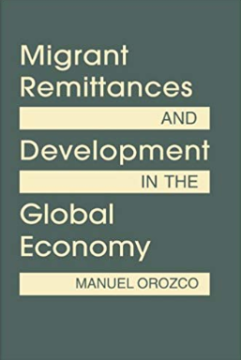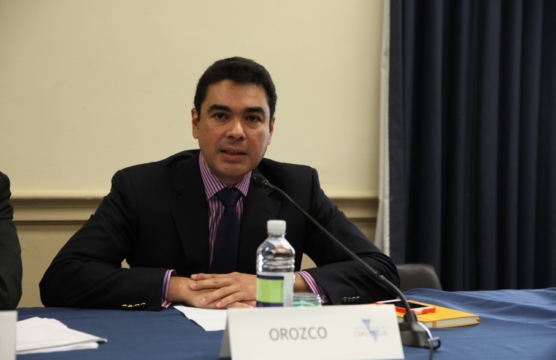The Earthquake’s Impact on Remittances
The earthquake in Haiti has exacerbated an existing distress during the international recession and increased uncertainty of what to do and how to help.
There are amply cited statements about remittances that typically reflect value judgements rather than informed opinions based on empirical evidence. Among these so-called myths, the following can be mentioned:
Myth 1. “Remittances need to be used more productively”
Myth 2. “Remittances are expensive”
Myth 3. “Sending money through banks is inherently cheaper”
Myth 4. “Remittance companies are too risky to bank”
Myth 5. “Remittances are a form of aid”
Myth 6. “Remittances and development are one in the same”
Myth 7. “The majority of remittances are informal”
Myth 8. “Mobile transfers are a game changer”
Myth 9. “Bitcoin is revolutionizing the remittance market”, and
Myth 10. “Remittance flows tend to stem from husbands that transfer to their wives and children back home”.
This article challenges these assumptions with empirical data. Read the article here.
The earthquake in Haiti has exacerbated an existing distress during the international recession and increased uncertainty of what to do and how to help.
How do patterns of migration and remittances differ across regions? What kinds of frameworks support the contributions of remittances to local development?
On February 24th, the Inter-American Dialogue held its annual event on Remittances to Latin America and the Caribbean.


